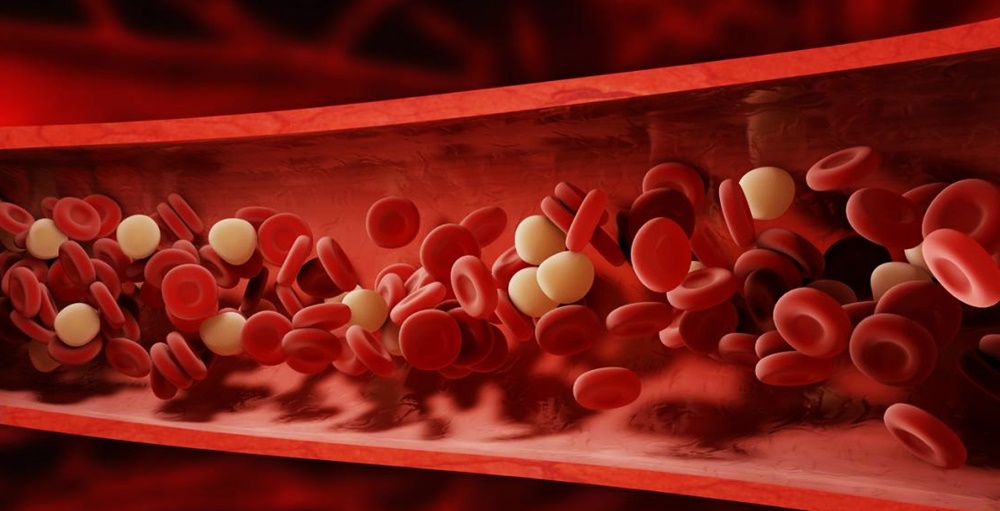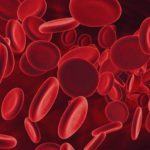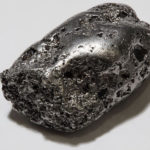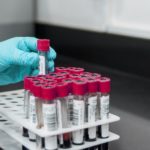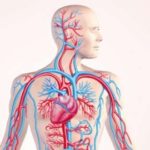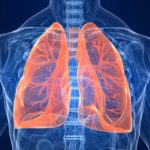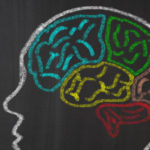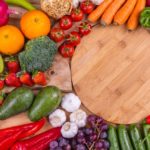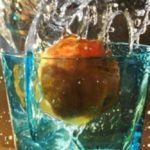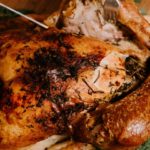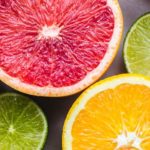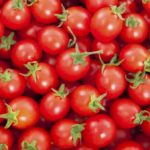Iron deficiency anemia – how does it occur?
A healthy adult has 2.5–5g of iron in the body. Out of this amount, about two-third is present in hemoglobin. The remaining iron exists in muscle myoglobin and certain iron-containing enzymes like cytochromes.
Anemia is defined as a low level of circulating hemoglobin. Hemoglobin is the iron-containing pigment in the red blood cells (RBCs). It is mainly responsible for oxygen transportation from the lungs to other organs and at the same time, it carries carbon dioxide generated in the tissues to the lungs for excretion. That is why hemoglobin plays an important role in gas transfer to and fro for the effective metabolism of organs and good health.
Anemia or the lack of hemoglobin can occur due to various factors including dietary deficiency of iron, folic acid, and vitamin B12. However, worldwide the most prevalent form of anemia is that of iron deficiency which is characterized by hypochromic (lack of pigment hemoglobin) and microcytic (smaller in size) red blood cells. Iron deficiency anemia remains a health problem in both the developed and the developing world.
Causes of iron deficiency
- Blood loss – The most common cause is chronic gastrointestinal blood loss. This may occur due to stomach or intestinal cancer, gastritis, peptic ulcer, Crohn’s disease, ulcerative colitis, diverticulitis, polyps, and angiodysplasia lesions (abnormal dilatation of blood vessels). Another very important cause of chronic blood loss is intestinal infestation with helminths (parasites) like hookworms and schistosomiasis. This blood loss may be worsened by the chronic use of aspirin or non-steroidal anti-inflammatory drugs (NSAIDs). These drugs cause erosions in the intestine and affect platelet cell function. In women of child-bearing age, menstrual blood loss, pregnancy, and breastfeeding contribute to iron deficiency by depleting iron stores.
- Poor iron absorption – Gastric acid is required to release iron from food and helps to keep iron in the soluble ferrous state. Reduction in acid secretion seen in the elderly or due to drugs (pantoprazole, rabeprazole), may contribute to reduced iron absorption from the diet. Iron is absorbed actively in the upper small intestine and hence can be affected by coeliac disease.
Iron requirement
Iron requirement depends on the equation between daily losses and body demands. To maintain a balance between demand and losses, the amount of iron absorbed from a diet must equal or exceed the daily losses plus any additional physiologic demands due to growth, menstruation, and pregnancy, or abnormal/disease-associated iron losses (excess bleeding from piles or during menstruation). When iron balance is negative, iron deficiency will occur following the depletion of the body’s iron reserves. The daily requirement of iron is given below:
- Adolescents and adults – 60 mg/day
- Pregnancy and lactation – 60 mg /day along with 400 µg folic acid daily
Recommended dietary iron intake
Usually, up to 20% of iron present in a mixed diet is absorbed. Dietary iron exists in two forms, heme and non-heme. Heme iron is derived from animal source food and is better absorbed than non-heme iron derived from vegetable sources. Absorption of plant source iron can be increased by concurrent ingestion of Vit C (ascorbic acid) and meat products. Fruits and vegetables containing vitamin C enhance iron absorption, while the tannins in tea reduce it.
Iron-rich foods
- Vegetables – Spinach, green leafy vegetables, peas, broccoli, beans
- Fruits – apricots, peaches, strawberries, raisins, dates, figs
- Bread and cereals – whole wheat bread, rye bread, fortified macaroni, wheat products, bran cereals, corn, oats
- Meat – liver, lamb, beef, turkey, chicken, pork, shrimp, sardines
Iron is an essential nutrient. It is required especially during periods of growth or increased loss. Its deficiency can result in anemia, which is treatable. It is an easily preventable condition. An awareness of iron deficiency anemia and regular consumption of a balanced diet goes along in the prevention of this condition.
